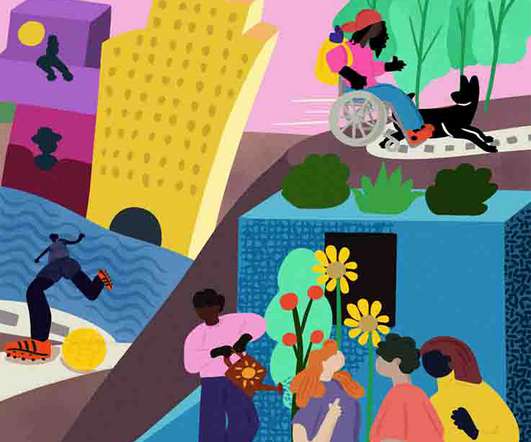Preserving Places of Belonging in Asian America: The Value of Community Voice
NonProfit Quarterly
SEPTEMBER 27, 2023
Image credit: Photo by Raychan on Unsplash This article introduces a new NPQ series, titled Building Power, Fighting Displacement: Stories from Asian Pacific America, coproduced with the National Coalition for Asian Pacific American Community Development ( National CAPACD ).












Let's personalize your content